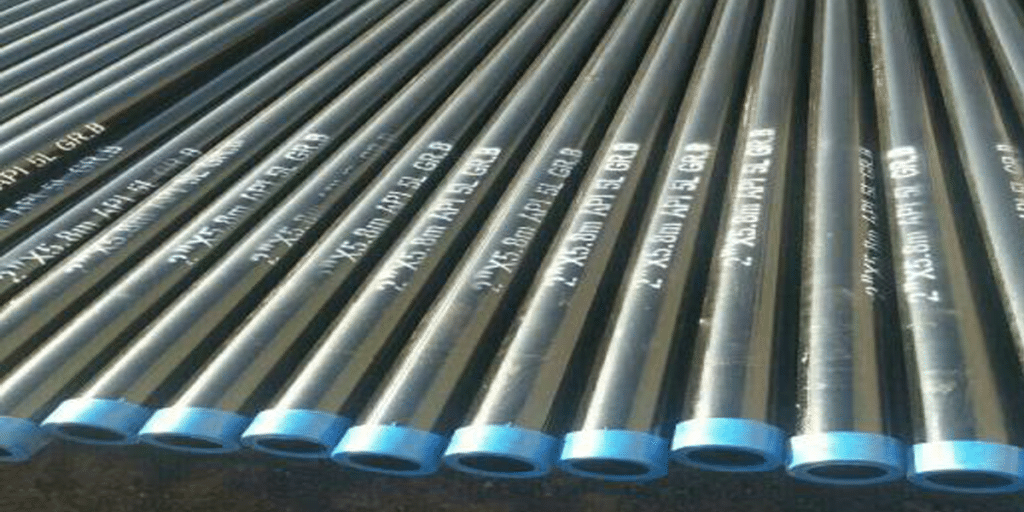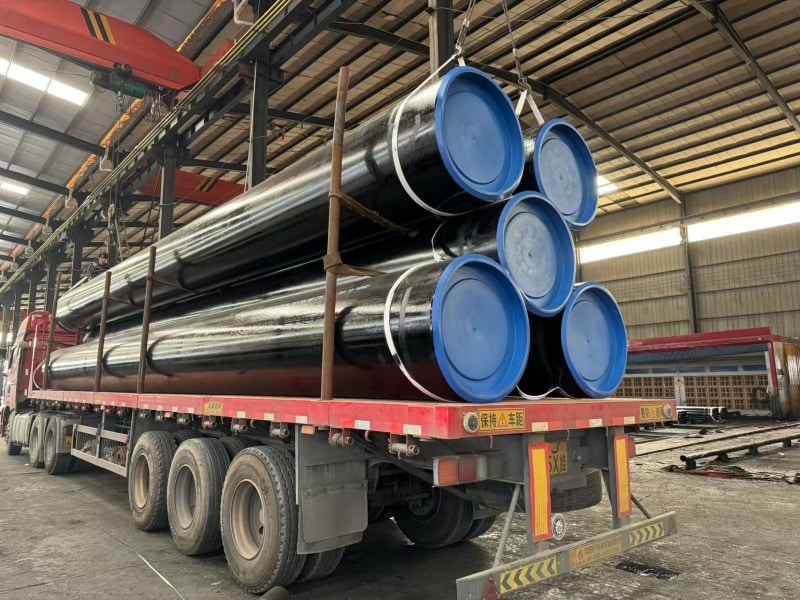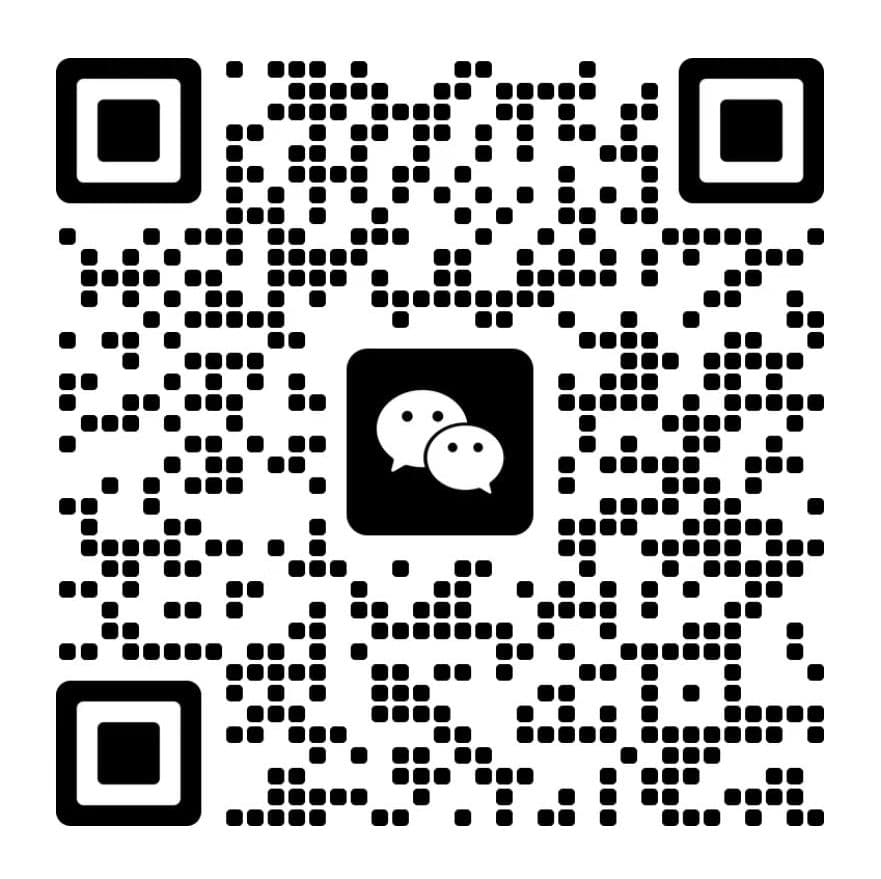In the production and final inspection of ASTM A53 steel pipes, Visual Inspection (VI) plays a vital role. It is not only a regulatory requirement but also the most cost-effective and fastest “first line of defense.” Visual inspection helps detect surface defects, interpret signals from non-destructive testing (NDT), and decide whether a pipe should be repaired, reworked, or scrapped. Ultimately, this reduces the buyer’s procurement risks and minimizes on-site failures.
Why Is Visual Inspection Essential?
- Standards Requirement:
ASTM A53, Section 12 (Workmanship, Finish, and Appearance), requires manufacturers to conduct sufficient visual examination of surface defectsand prescribes acceptable treatments (grinding, welding repair, cutting, or rejection). Any surface imperfection exceeding 5% of wall thickness is considered a defect. - Complementary to Other Tests:
Visual inspection is the first step before NDT or destructive testing, reducing unnecessary costs. Many NDT methods (ultrasonic, eddy current, magnetic flux) are sensitive to surface conditions, and without prior visual evaluation, signals may be misinterpreted. - Risk Reduction for Buyers:
Suppliers who provide traceable visual records(photos, inspector signatures, defect treatment reports) demonstrate strong quality management. This transparency helps reduce disputes, rework, or costly site delays.
Key Focus Areas of Visual Inspection
| Inspection Item | Purpose | Execution Method | ASTM Reference |
| Surface Defects (cracks, scratches, gouges) | Identify flaws that may penetrate wall thickness or affect coating/welding | Bright light + ≥5x magnifier; record length, depth, location | Section 12: Defects >12.5% wall = reject |
| Dents / Bulges | Check if size is within acceptable limits | Measure depth vs. diameter (≤10% diameter or 1/4 in) | Section 12.7 |
| Weld Seam Appearance (ERW/Butt) | Detect cracks, incomplete fusion, irregular surface | Inspect full weld length, combine with local NDT if needed | Sections 4.3 & 9 |
| Coating / Galvanization | Verify coating uniformity and adhesion | Visual check + adhesion test / coating weight sampling (ASTM A90/A90M) | ASTM A90/A90M |
| Marking & Packaging | Confirm consistency with MTC and batch records | Check end marks, spray codes, labels against MTC | Sections 3, 21 & ASTM A700 |
This table can be used as a factory audit checklist.
Practical Visual Inspection Workflow
- Preparation:Clean the pipe surface (remove grease, iron filings) under natural or artificial lighting.
- Initial Scan:Inspect full bundles for obvious flaws; isolate suspect pipes.
- Detailed Check:Use magnifiers, gauges, or portable thickness meters to evaluate suspicious spots and photograph defects with scale markers.
- Judgment:Compare against ASTM A53 Section 12 defect criteria.
- Disposition:
- Grind minor defects (per 12.2.1)
- Weld repair if permitted (12.2.2 / 12.5)
- Cut or reject if beyond limits
- Documentation:Store defect photos, records, and corrective actions in the MTC batch report. Providing photo evidence and signed reports increases customer trust.
Common Misconceptions
- “NDT can fully replace visual inspection.”
NDT signals require visual confirmation to distinguish between tool marks and real cracks. - “Only the finished surface matters.”
End faces and weld seams must also be checked. NDT has limitations at pipe ends, making visual confirmation essential.
Buyer’s Checklist – What to Require in Your Purchase Order
- Visual inspection records with photos
- Defect treatment reports (grinding, welding repair, or cut-off records)
- MTC cross-referenced with NDT reports
Including these three items significantly reduces risks of rework, claims, or site rejection.
Why Choose LONGMA?
With over 20 years of pipe manufacturing experience, LONGMA has developed a comprehensive quality control system aligned with ASTM A53:
- Full in-house inspection process:From raw material entry → forming → welding → annealing/heat treatment → visual inspection → NDT (UT/ET/MT) → mechanical testing (tensile, flattening, bending) → hydrostatic test → final inspection → MTC issuance.
- Laboratory capability:Equipped with high-intensity lighting, magnification tools, portable depth gauges, and calibrated NDT equipment per ASTM E213/E309/E570.
- Transparent reporting:Each batch comes with visual inspection checklists (with photos), original NDT data, and complete MTC. Third-party witnessing is also supported.
For engineering procurement, this documentation set is key to risk mitigation and fast project approval.
Conclusion
Visual inspection in ASTM A53 steel pipe manufacturing is not only a mandatory requirement (Section 12) but also a core step in defect detection, NDT verification, and defect treatment. Buyers should insist on suppliers providing photo-based inspection records, defect treatment documentation, and full MTC reports to significantly reduce risks.
For detailed guidance, refer to ASTM A53/A53M-22 Sections 9–12 and related NDT practices (ASTM E213, E309, E570).



